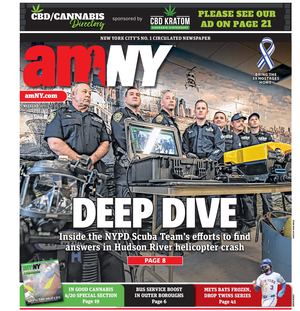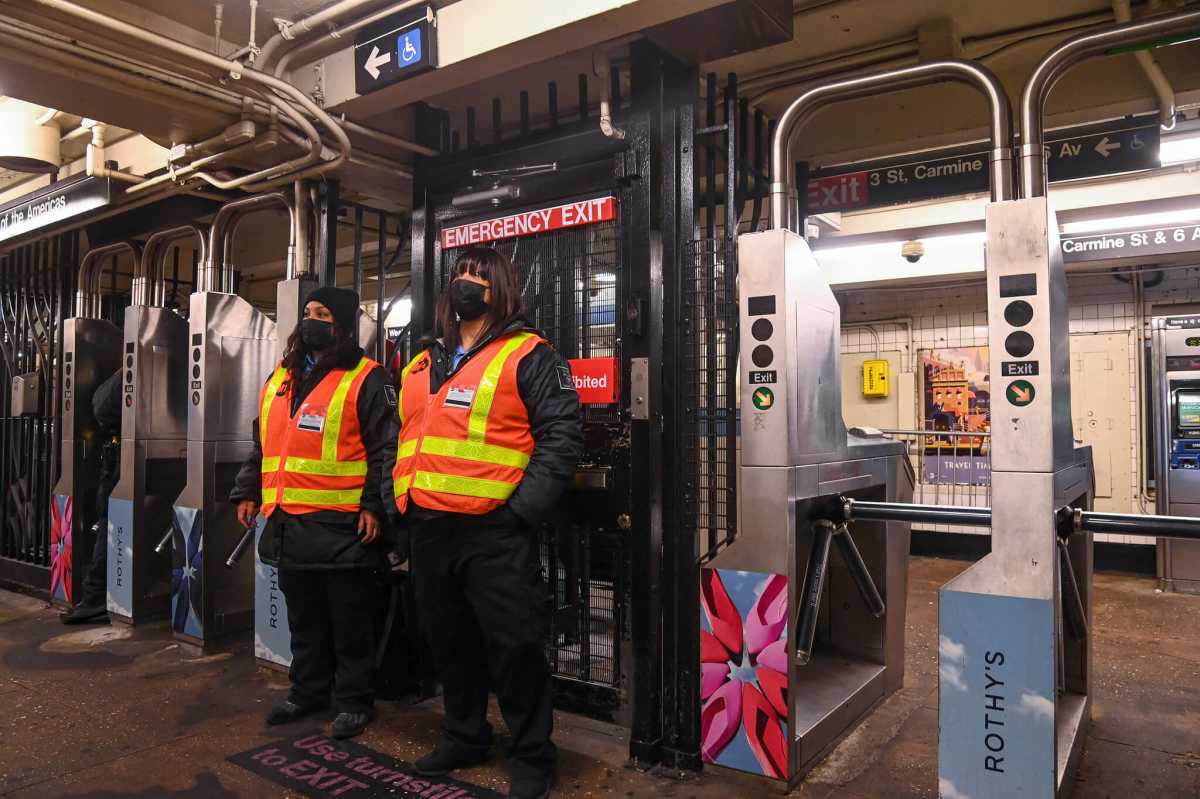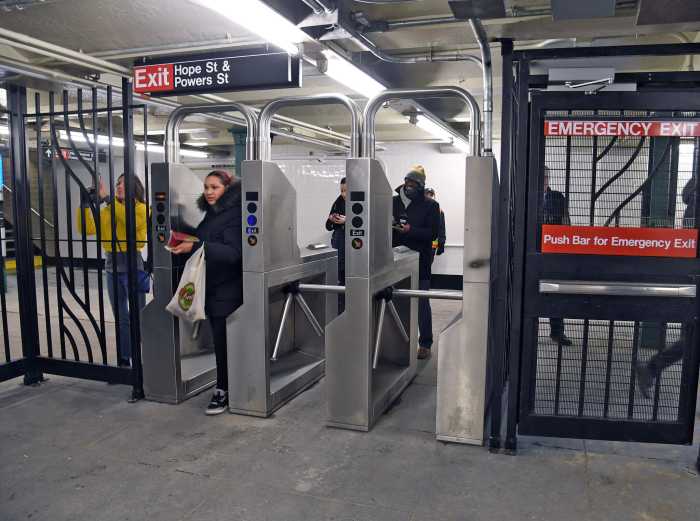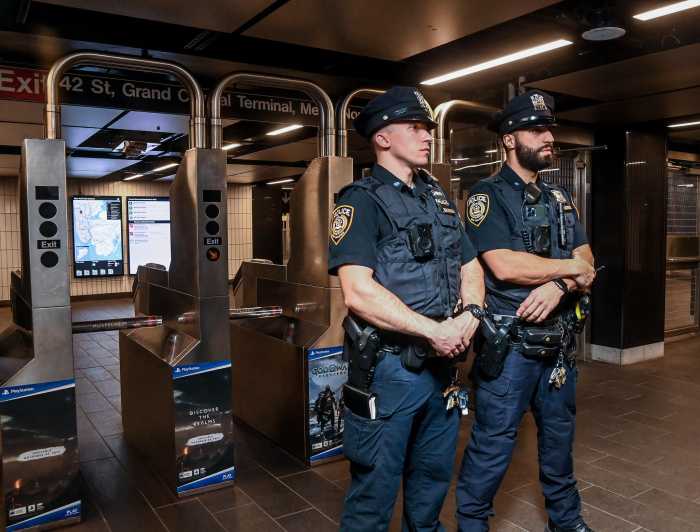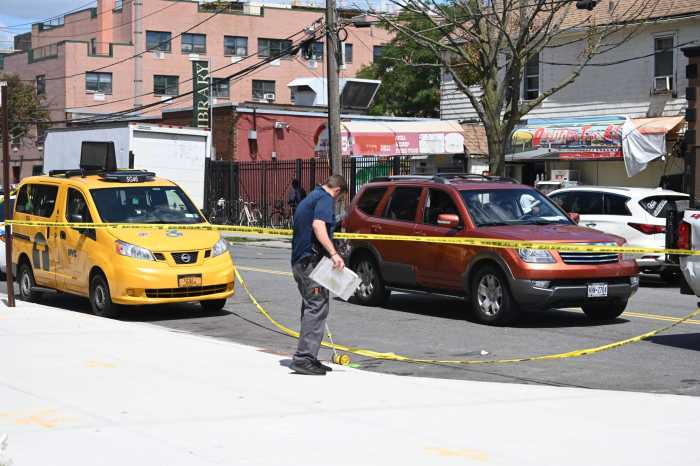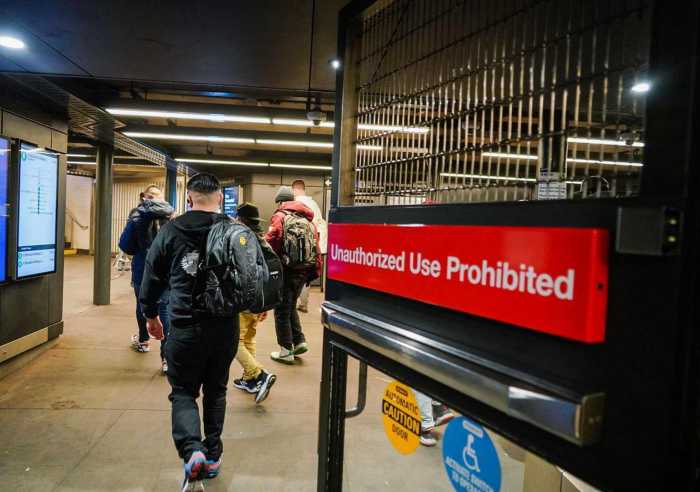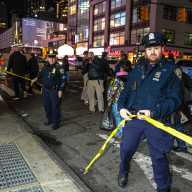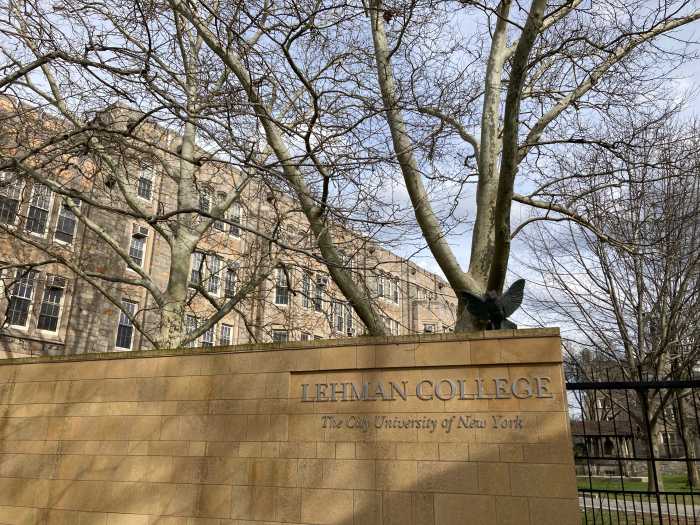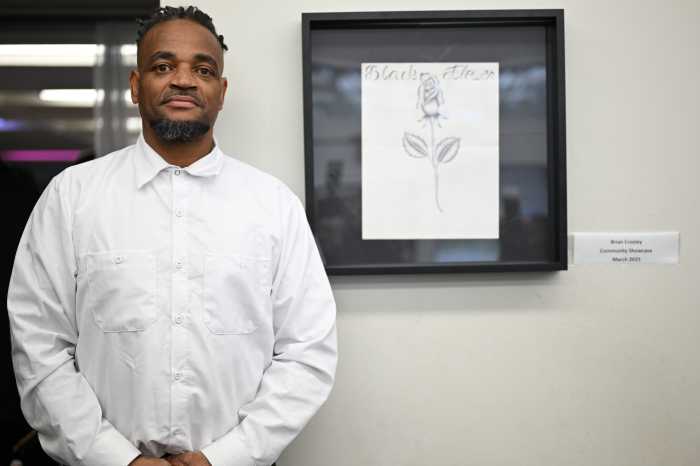The MTA is delaying the release of a long-promised report on combating fare evasion, with the agency now in active talks with the city’s District Attorneys on best practices to counter the phenomenon.
MTA Chair Janno Lieber said Tuesday that the long-awaited “blue ribbon” report would most likely not be released in 2022, as had been repeatedly promised.
“We are in dialogue with, among others, the DAs, to try to nail down some consensus on some of the issues associated with fare evasion and our future policy,” Lieber said at an unrelated news conference in the Bronx. “But there’s a ton of work that’s been done, so [the report]’s coming.”
Lieber did not elaborate further on what was being discussed and the MTA declined further comment. A spokesperson for the Brooklyn DA declined to comment on internal, inter-agency deliberations. Spokespersons for the city’s other four DAs didn’t respond to inquiries.
The chair has said that fare evasion costs the cash-strapped authority $500 million annually, estimating about 1-in-10 subway commuters and 1-in-3 bus riders skip payment. As for tolls, the agency estimates scofflaws nab $50 million out of the MTA’s pocket each year.
That comes as the MTA faces a fiscal crisis stemming from a lower-than-expected return of passengers to the system, with federal COVID aid running dry; the agency passed a budget this month slashing spending and setting in motion fare hikes that could raise the price of a subway or bus ride to as much as $2.90 next year, and as high as $3.05 by 2025.
Arrests and summonses for fare evasion have skyrocketed since city and state leaders surged NYPD presence in the system in October, and the MTA has been placing unarmed gate guards at fare arrays in an attempt to deter turnstile hopping.
But the DAs in the Bronx, Brooklyn, Manhattan, and Queens have all pledged to sharply reduce or outright eliminate prosecutions for fare evasion in recent years, with critics highlighting the nonviolent nature of the offense and the meager amount of revenue ($2.75) lost per fare beaten.
They also point to significant, longstanding — and ongoing — racial disparities in enforcement: the NYPD’s most recent data, from before the surge in police presence, pegs an astonishing 94% of fare evasion arrests as against Black and Latino riders.
In recent weeks, Lieber has talked up prevention methods to stop fare evasion before it happens, rather than arresting or summonsing a suspect after the fact. The MTA is contemplating redesigning the turnstile to make it harder to hop over, and as part of the police surge, has rolled out unarmed guards to patrol fare gates, intended to deter turnstile hopping, MetroCard machine scams, and those holding open emergency exit doors.
